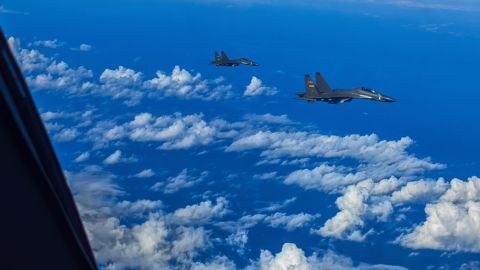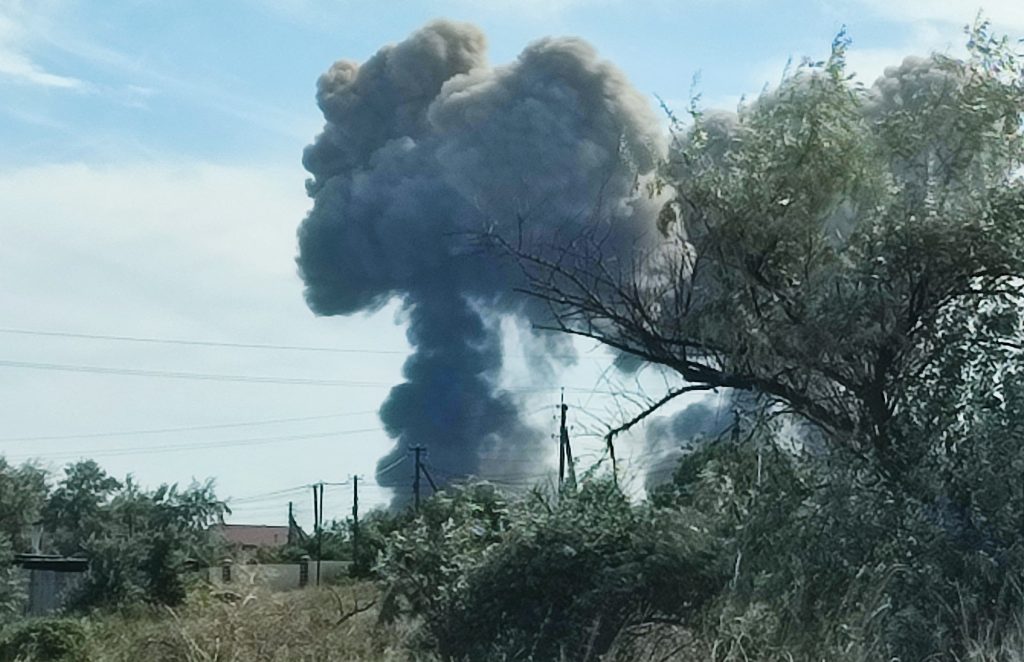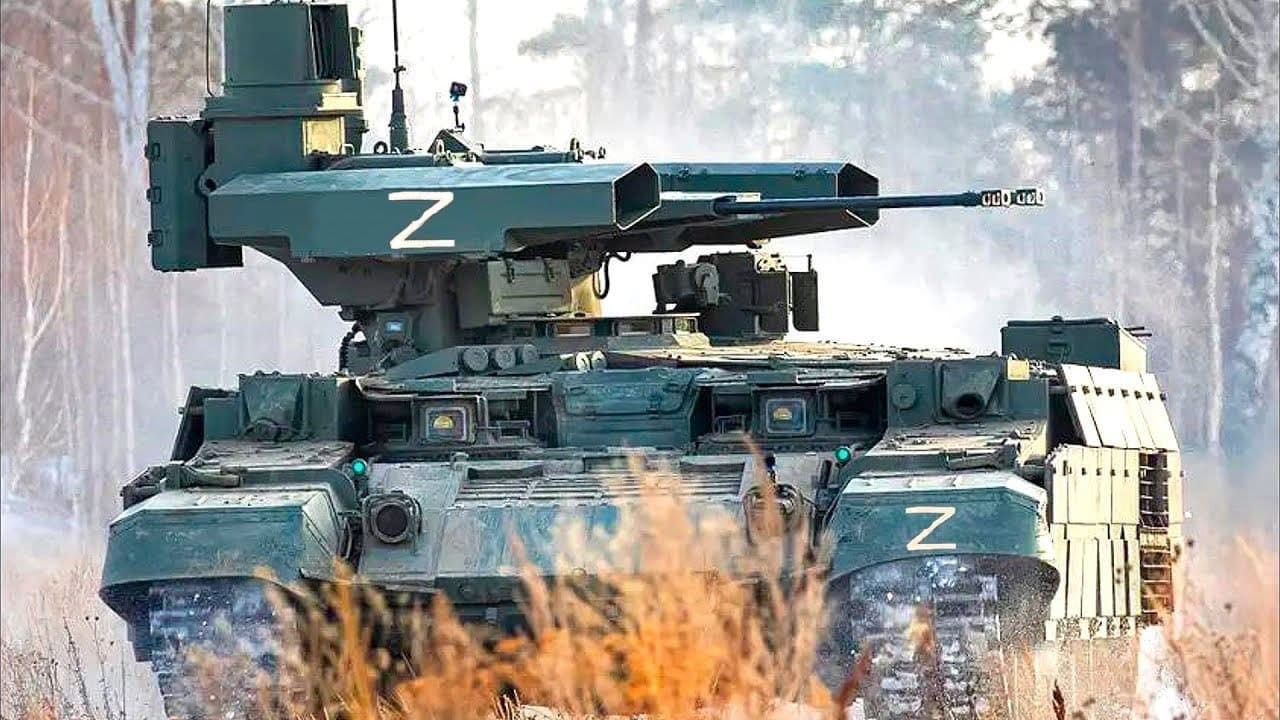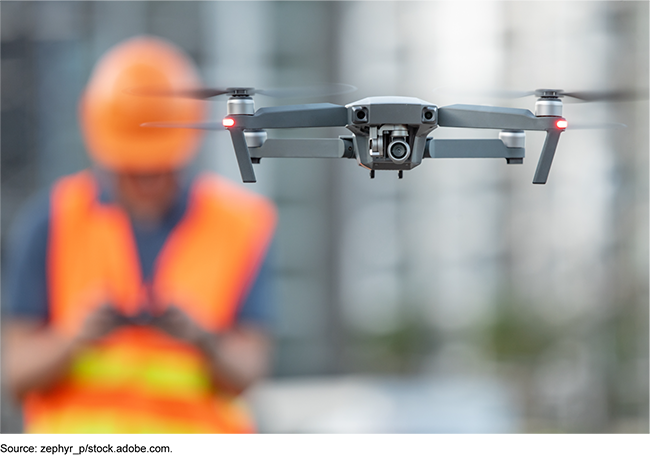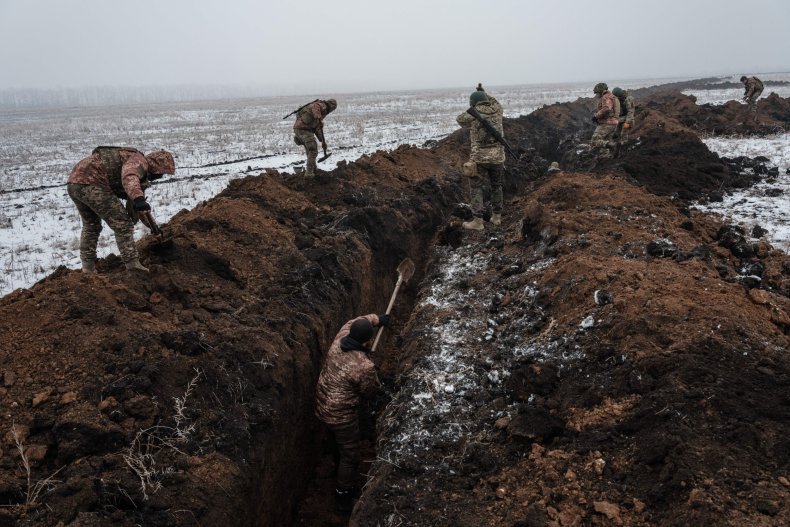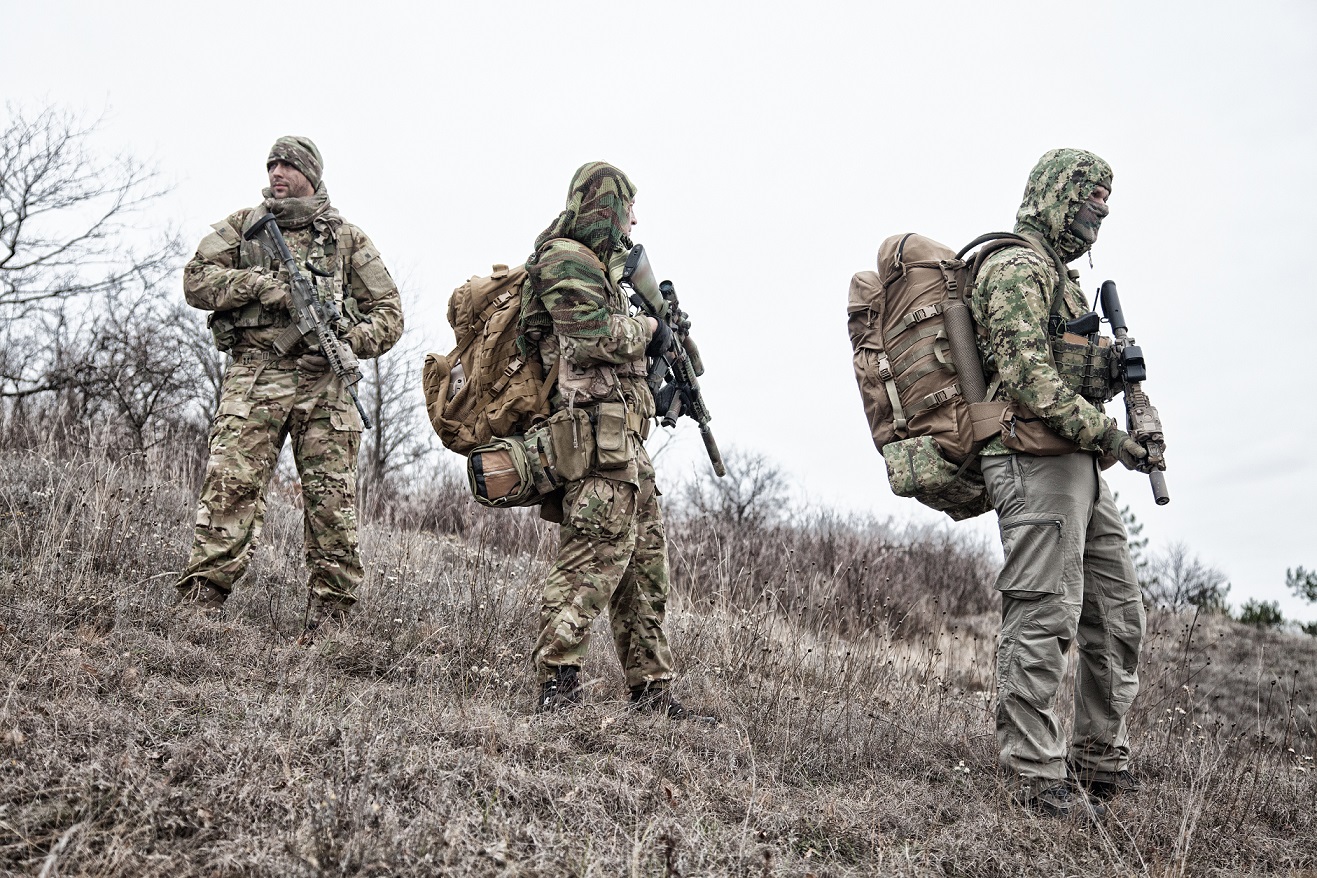P. K. Balachandran

India-Sri Lanka relations are at their best now, thanks to India’s timely and generous assistance to the financially-beleaguered neighbor. Both New Delhi and Colombo are using the ongoing financial crisis in Sri Lanka to put the relationship on a meaningful and secure footing. But given the troubled 75-year past and the looming challenges of the present and future, it is difficult to be sanguine about the future.
Atavistic fears about Indian hegemony that exist in the Sri Lankan ruling class, the trust deficit that exists in the minds of policy-makers in New Delhi, and the place attained by China in the calculations of the Sri Lankan rulers remain key determinants, although not publicly displayed.
Bilateral relations have generally not been smooth over the past 75 years or even more. There has always been an underlying fear in Sri Lanka about “Indian hegemony” because of India’s humongous size, its geopolitical ambitions, and its involvement in the internal issues of Sri Lanka. A critical factor has been the existence of two communities in Sri Lanka related to India – the Indian-origin Tamils and the Sri Lankan Tamils. The fear of Indian hegemony flowing from India’s stake in these two communities has created distrust, which in turn, has made Sri Lanka cultivate India’s adversaries, Pakistan and China, causing deep anxieties in New Delhi. The widening footprint of China in Sri Lanka since 2010 has emerged as the major bugbear for India.
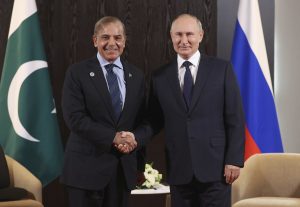

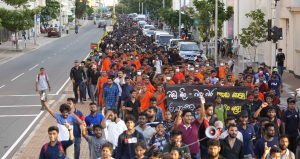



:quality(70)/cloudfront-us-east-1.images.arcpublishing.com/archetype/6S75RUNRBNH3LL6Q3XRSHXG3FY.jpg)

